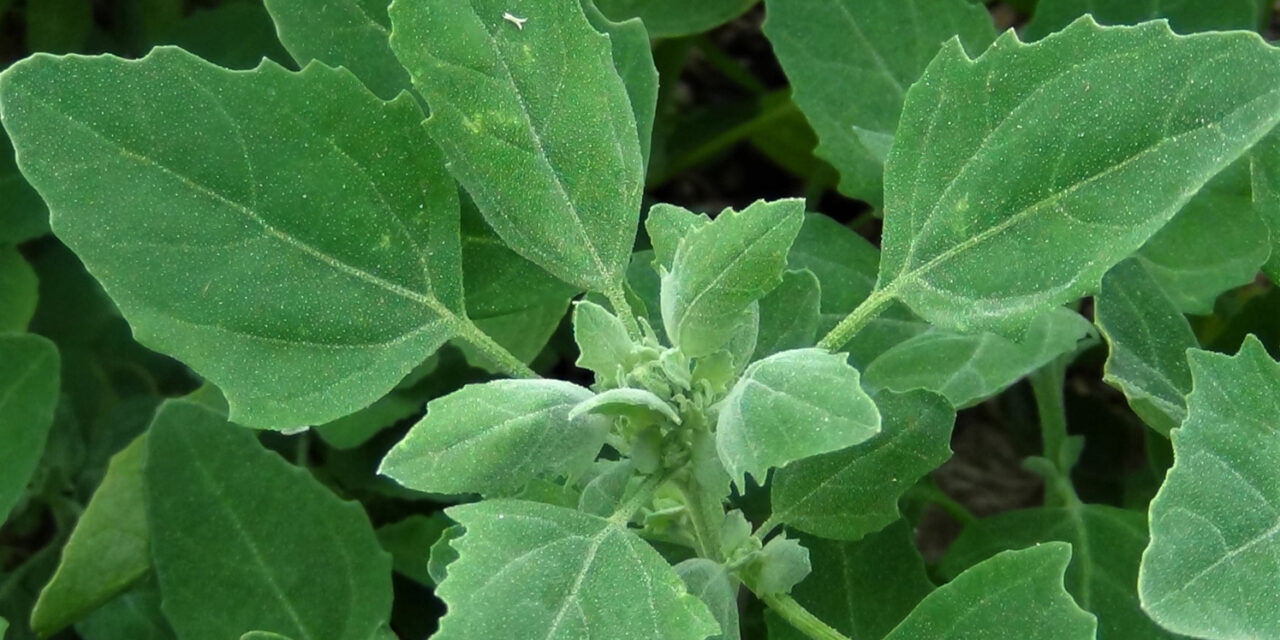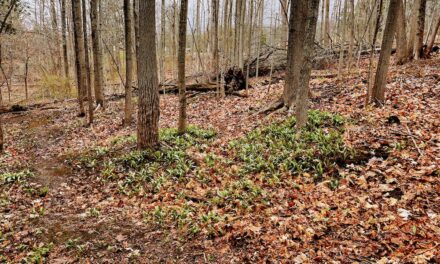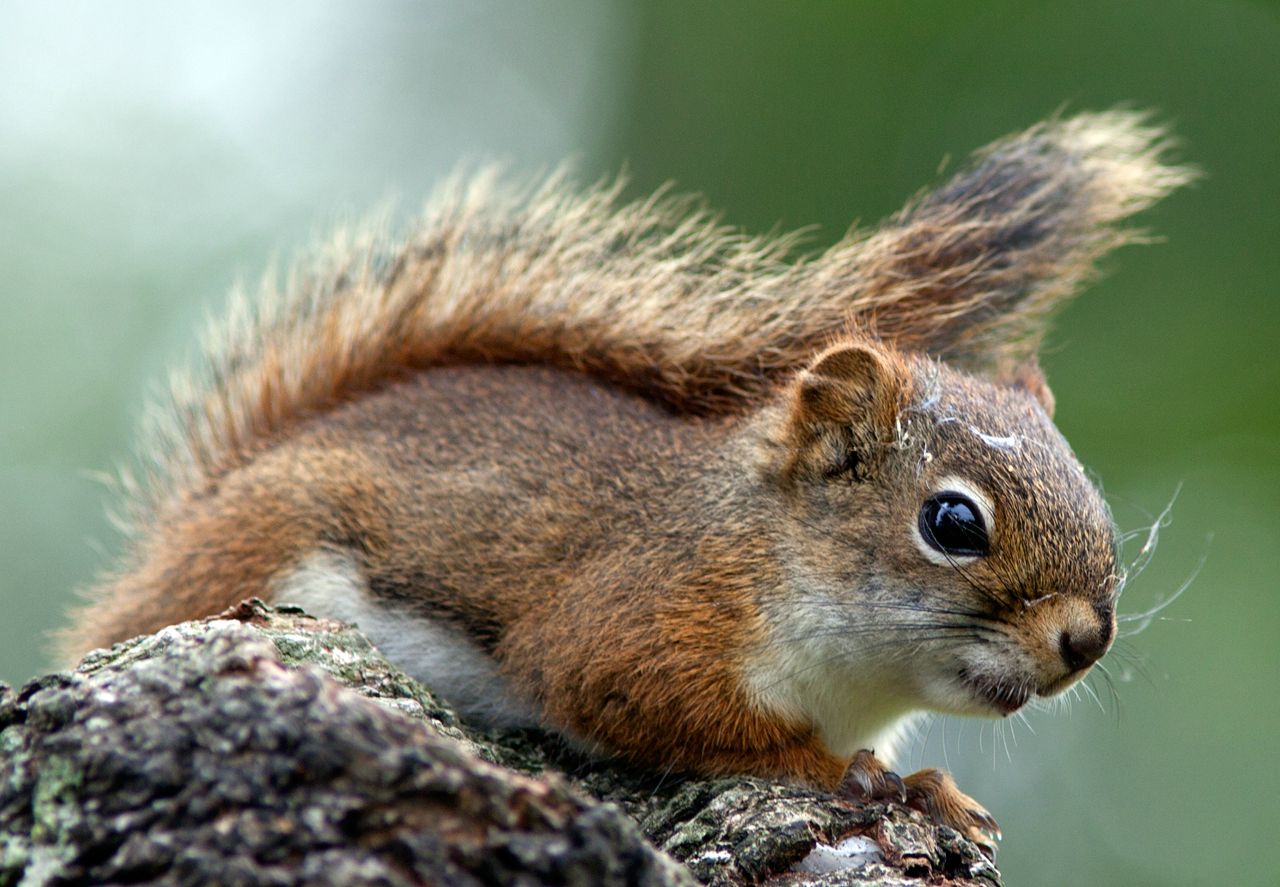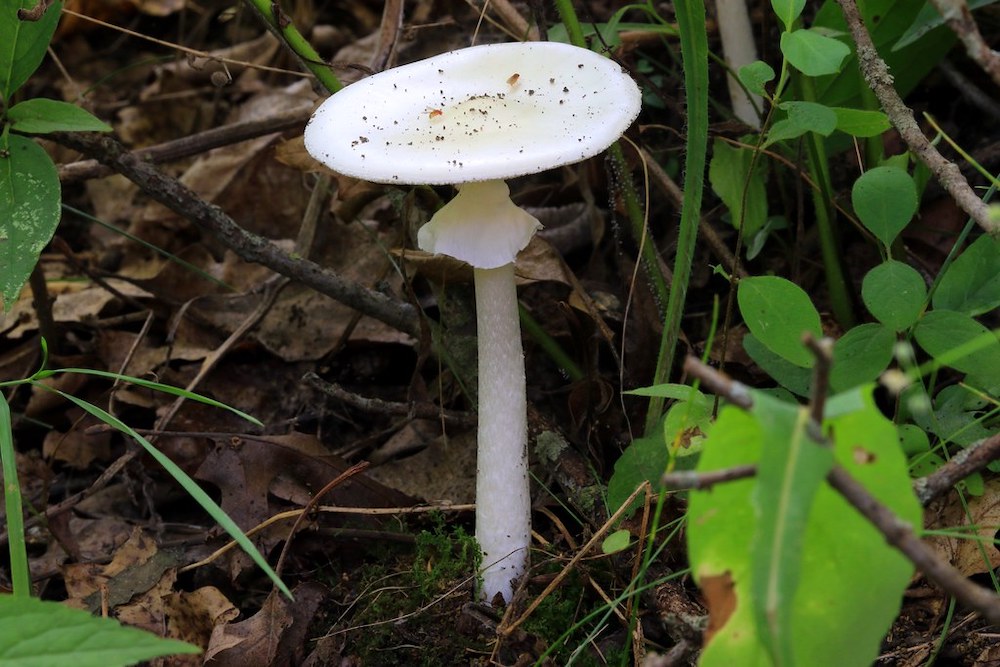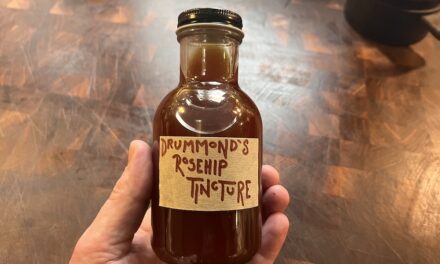For over a decade or so I have observed that as a culture we are becoming less and less attached to the earth that supports us with each passing day, and indeed it was co-founder Malcolm Jolley’s and my own mutual concerns about this that led to the founding of Good Food Revolution way back in 2010.
Today, when we get hungry for protein, most run to the supermarket and pick up a pack of shrink-wrapped meat, seldom giving a second thought as to how that meat got to the grocery shelf. And so, with a view to getting closer to the source of my food than most would be comfortable with, I decided in the fall of 2016 (mere days after the US election – no coincidence there) to learn how to hunt.
Running in parallel to my new found interest (read: midlife crisis) came a related passion for self-sufficiency that upon occasion flirted with the concept of survivalism. Being a voracious information sponge, I gorged upon mountains of books and websites, and in my deep-dives I read over and over again that if the world did really fall apart and one had to live off the land, it wouldn’t be big game that one would be surviving upon, it would be the smaller critters: rabbit, hare, squirrel… and in the case of one of these pieces, the lowly frog, but for the most it would actually be edible plants.
This month we look at one of the simplest edible plants to identify, and probably one of the most prolific, making it perfect for the beginner forager’s baby-steps into the world of wild edibles.
Lamb’s quarters (Chenopodium album or Chenopodium berlandieri), also known as wild spinach, huauzontles (Mexico), pitseed goosefoot, white goosefoot, pigweed, dungweed (grim!), baconweed (less grim), and fat hen (due to its supposed propensity for… fattening hens), is one of the most common “weeds” found in Canadian backyards, and indeed across most of Japan, South Africa, Europe, India, and the Americas.
The slightly peculiar lamb’s quarters moniker supposedly comes from the old British harvest festival of Lammas Quarter, where perhaps sacrificial lambs were quartered?
Interestingly, it is what is referred to as a purifying plant, as in one that helps to restore healthy nutrients back into to poor quality soil, hence you’ll often find it growing on fallow land, opportunistically taking hold as it follows human patterns of habitation. It’s not always been viewed as a weed, seeing as it has being purposely propagated and spread throughout the millennia due to it being incredibly nutritious… but there’s a tiny catch.
Please allow me to explain.
As well as presenting like a deliciously peppery spinach, the plant is high in fibre, protein, and is simply stacked with Vitamins A and C. Lamb’s quarters is also high in manganese, calcium, copper, as well as iron, and is high in both omega-3 and omega-6 fatty acids. So it’s no slouch in the nutritional department, that’s for sure. Saying that, much like spinach (Spinacia oleracea), Swiss chard (Beta vulgaris subsp. vulgaris), beet leaves (Beta vulgaris), black tea (Camellia sinensis), rhubarb (Rheum rhabarbarum), garden sorrel (Rumex acestosa), sheep sorrel (Rumex acestosella), purslane (Portulaca oleracea), chickweed (Stellaria media), and yellow dock (Rumex crispus, R. obtusifolius), Lamb’s Quarters contains a fair bit of oxalic acid, which can be both a stomach irritant (think bathroom emergency) and more seriously can impede the absorption of calcium, magnesium, and iron, leading to reduced mineral uptake and increased calcium oxalate levels = kidney stone formation. Whilst I’ve never had one of those previously, I don’t plan on having one anytime soon as I have heard that passing them is utterly excruciating.
Thankfully cooking eliminates most oxalic acid and oxalates, and although many webpages and books recommend eating them raw, as someone with a pretty sensitive stomach I’d be seriously cautious as to just how much one adds to one’s smoothie. Gastric distress, as it’s politely referred to, is never much fun.
It’s also closely related to another so-called superfood, quinoa, and much like quinoa, the seeds of lamb’s quarters contain saponin, which can also be a stomach irritant (Great*). Saponin levels can be greatly reduced by rinsing and cooking the leaves and seeds.
So, if you have one takeaway from this piece it is: If you plan to consume a lot of the stuff, COOK YOUR LAMB’S QUARTERS BEFORE INGESTION.
Don’t say I didn’t warn you…
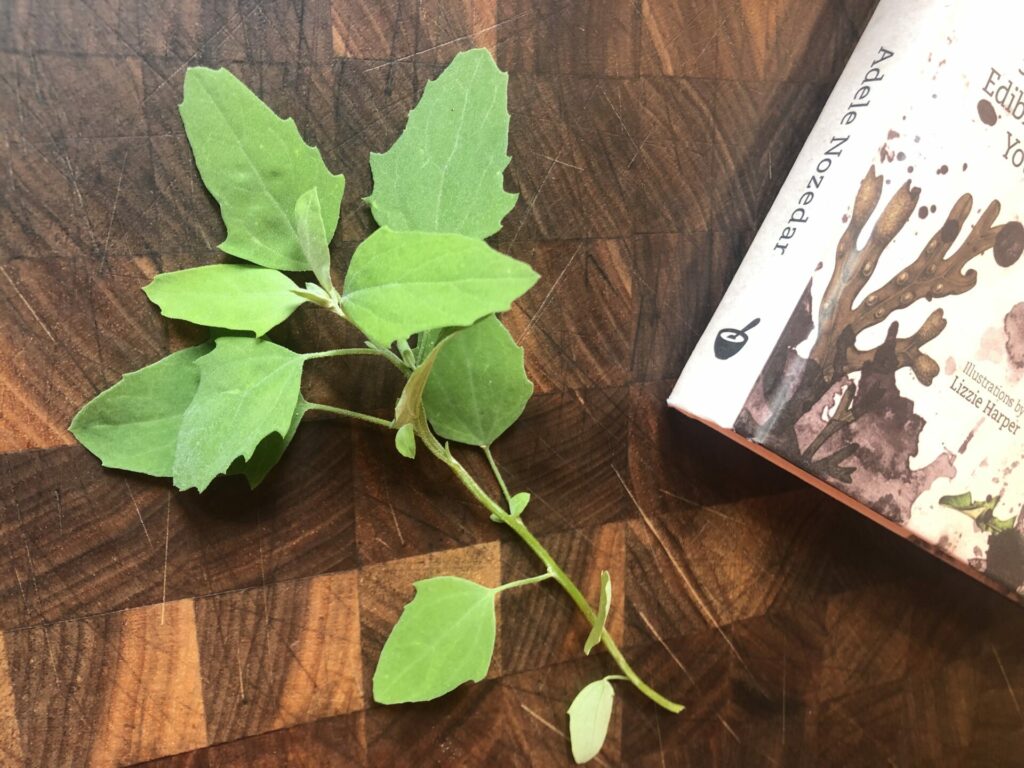
Identification of lamb’s quarters is an absolute breeze.
Most helpful is the synonym of Goose Foot as, you guessed it, the leaf kind of looks like a goose’s foot. These are light green on top and whitish underneath, and often have some jagged teeth along the edges. They also a whitish-grey powdery coating, almost dusty from a distance, which is especially evident on emerging young leaves, made of fine crystal-like concentrations of wax and acting much like waterproofing with water droplets simply beading and running off. And that’s kind of it, as there are very few lookalikes.
Oh yes, as with any foraged foods, wash them twice in cold water before you do anything with them, as animal piddle (doggy’s, more often than not) adds absolutely nothing to one’s enjoyment of wild edibles.
So how does one eat the stuff?
One of my favourite recipes with this wild edible is using it much like spinach in wild food chef Hank Shaw’s Mexican Lamb’s Quarters Soup.
I’ve also enjoyed Kemp Minifie’s Epicurious recipe for Creamy Lamb’s Quarters Gratin.
Another winner is using the leaves to make Indian saag, see forager chef Alan Bergo‘s Wild Greens Saag contained within his excellent Forager’s Guide To Edible Flora book.
I also have to give a shout out to pro-forager Adele Nozedar‘s recipe for lamb’s quarters in Bathua Curry with Potatoes and Peas from her absolutely terrific Foraging With Kids.
For a simpler take, it’s fun to cook the leaves up with some bacon and garlic, with perhaps a squirt of lemon juice… utterly delicious.

